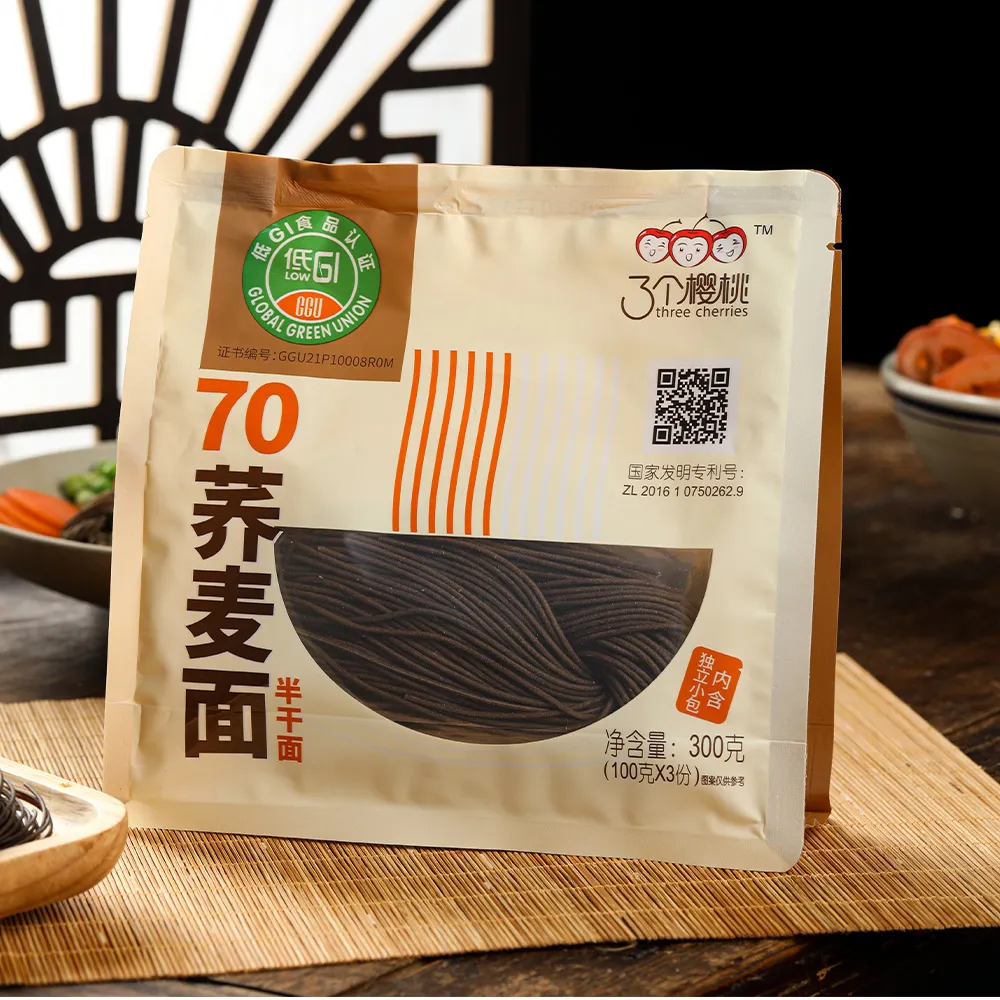soba noodles crafted from traditional Japanese ingredients for a delightful taste experience
Soba Noodles A Deep Dive into Their Composition and Cultural Significance
Soba noodles, a traditional Japanese delicacy, have steadily gained popularity in culinary circles around the world. Made primarily from buckwheat flour, these noodles are not only cherished for their unique flavor and texture but also valued for their nutritional benefits and cultural significance. In this article, we will explore what soba is made from, how it differs from other types of noodles, and its importance in Japanese cuisine.
The core ingredient in soba noodles is buckwheat, a pseudocereal that is gluten-free and rich in essential nutrients. Buckwheat has been cultivated in East Asia for centuries and is known for its robust flavor, which distinguishes soba from wheat-based noodles such as udon or ramen. While traditional soba is made from 100% buckwheat flour, many commercial varieties incorporate a mixture of buckwheat and wheat flour to enhance the texture and elasticity of the noodles. This blend typically consists of about 80% buckwheat and 20% wheat flour, providing a slightly chewy texture that makes the noodles easier to work with.
One of the most fascinating aspects of soba is its nutritional profile. Buckwheat is a powerhouse of nutrients, being high in protein, fiber, and essential amino acids. It contains rutin, a flavonoid that has been shown to improve circulation and reduce inflammation. Soba noodles are also low in calories, making them an excellent choice for those mindful of their dietary habits. Furthermore, buckwheat is rich in antioxidants, contributing to its recognition as a health-promoting food.
soba made from

The preparation of soba noodles is an art in itself. Making fresh soba requires skill and precision. The process begins by mixing buckwheat flour with water to form a dough. This dough is then rolled out and cut into thin strips, which are then cooked in boiling water. The cooking time is relatively short – usually around 3 to 5 minutes – to preserve the texture and nutritional value of the noodles. Once cooked, soba is often rinsed in cold water to stop the cooking process, a technique that also enhances its chewy consistency.
In Japan, soba noodles hold significant cultural value and are often associated with celebrations and rituals. One of the most notable occasions is the New Year, when it is customary to eat toshikoshi soba, or year-crossing soba, to symbolize the transition from one year to the next. This tradition reflects a wish for longevity and prosperity in the coming year. Additionally, soba is commonly served in a variety of ways chilled with a dipping sauce (zaru soba), in a hot broth with vegetables and meat (kake soba), or even in salads.
Soba noodles are not only a beloved dish in Japan but have also inspired international culinary adaptations. Chefs around the world are experimenting with soba by incorporating it into various cuisines. From soba salads in health-conscious eateries to fusion dishes that blend international flavors, the versatility of soba is being celebrated globally. This cross-cultural embrace showcases how food can transcend borders, bringing diverse culinary traditions together.
In conclusion, soba noodles are much more than just a meal; they embody the intersection of nutrition, tradition, and culinary artistry. Made primarily from buckwheat, soba offers a unique flavor profile and numerous health benefits, while also playing a vital role in Japanese culture. As soba continues to gain appreciation outside Japan, it invites people from all walks of life to share in its rich history and delightful taste. Whether enjoyed in a traditional Japanese setting or as part of a modern culinary creation, soba noodles provide a delicious glimpse into the heart of Japanese cuisine.
-
Is Whole Wheat Pasta Healthy?NewsMay.30,2025
-
Are Soba Noodles Good for Weight Loss?NewsMay.30,2025
-
Are Buckwheat Soba Noodles Healthy?NewsMay.30,2025
-
Are Buckwheat Soba Noodles Gluten Free?NewsMay.30,2025
-
Are Buckwheat Noodles Good for You?NewsMay.30,2025
-
A Healthy Way to Savor Soba and Spicy FlavorsNewsMay.30,2025
-
What Are Lanzhou Noodles?NewsMay.30,2025
Browse qua the following product new the we

















































































































